When you start a point at padel, it is interesting to approach it always with the same take for more efficiency and speed of execution. Runway background or the family filet, here are our tips.
Snowshoeing. A subject often discussed and often contested. Do we learn the padel with a particular take or leave the players free to express themselves? In any case, one thing is certain, each player has a reference point. What's yours ?
We are not going to argue about the racket grip per se but rather about the choose the best possible grip at the start of each stitch. This “reference” grip allows all players to receive the ball and start the points calmly.
For beginners
You start the padel. You don't really know how to grab the pala. No problem. Just remember to position your pala in front of you between strikes, supporting it with your non-dominant hand. This non-dominant hand allows you to relieve your strong arm, but also to modify the racket grip according to the next strike you will have to achieve (forehand, backhand, exit from the window, attack, etc.). Admittedly when you are starting out you have more to think about than changing your racquet grip, but simply positioning the pala in front of you, supported by both hands, will give you the essential foundation for the months or years to come. , when you are comfortable and have reached the next level.
For intermediate level players
The time has come to “polish” your game. And that involves taking a benchmark. Everyone has their own, but be aware that there are two ways to find out which take is best for you.
- Either you position yourself with the catch of your best shot. Believe that the forehand is your best shot, so you're already ready to return with a forehand grip.
- Either you position yourself with the grip of the most difficult shot to prepare. Explanation: If you are in a forehand grip and find it difficult to quickly access the backhand grip, perhaps it is better to wait in the backhand grip to quickly access the forehand grip.
It is therefore a phase of the game on which it is interesting to dwell so that you can react as quickly as possible and avoid unforced errors.
Small advice: when you are asked to stay in a waiting position with the pala in front of you, you hardly ever have the tip of the pala in the direction of your opponents, it is always slightly tilted to one side or the other. other. This side will indicate your reference point. For a right-handed person with the pala tilted to the left, backhand grip, tilted to the right or in the axis, forehand grip.
For advanced level players
The grip of the racket and especially the speed to reach one stroke or another makes the difference in the padel. If you linger on the benchmark of high level players, it is often from the back because it is a basic shot at the bottom of the track, which allows to play the balls coming to us on the body, which allows us to protect us to the net. In addition, this basic backhand grip can be very quickly changed to a forehand grip with or without the non-dominant hand (much more difficult with a backhand forehand).
So if you want to focus on the professionals and their racket grips, go ahead, Lebron is one of the players who changes their grip the most during the points, Juan Martín Díaz is a master in reflexes thanks to this backhand reference grip. But know that the strength of a player comes from his ability to create his own game, his own style.
You now have the cards in hand, it's up to you to discover and choose your reference point.
Julien Bondia is a teacher of padel in Tenerife (Spain). Columnist and advisor, he helps you play better through his tutorials and tactical/technical articles padel.




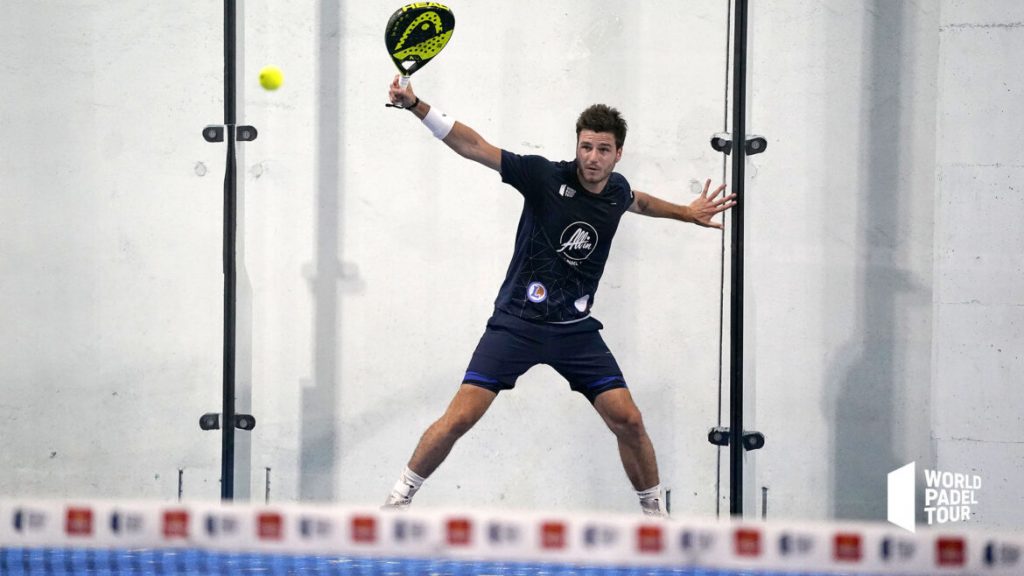











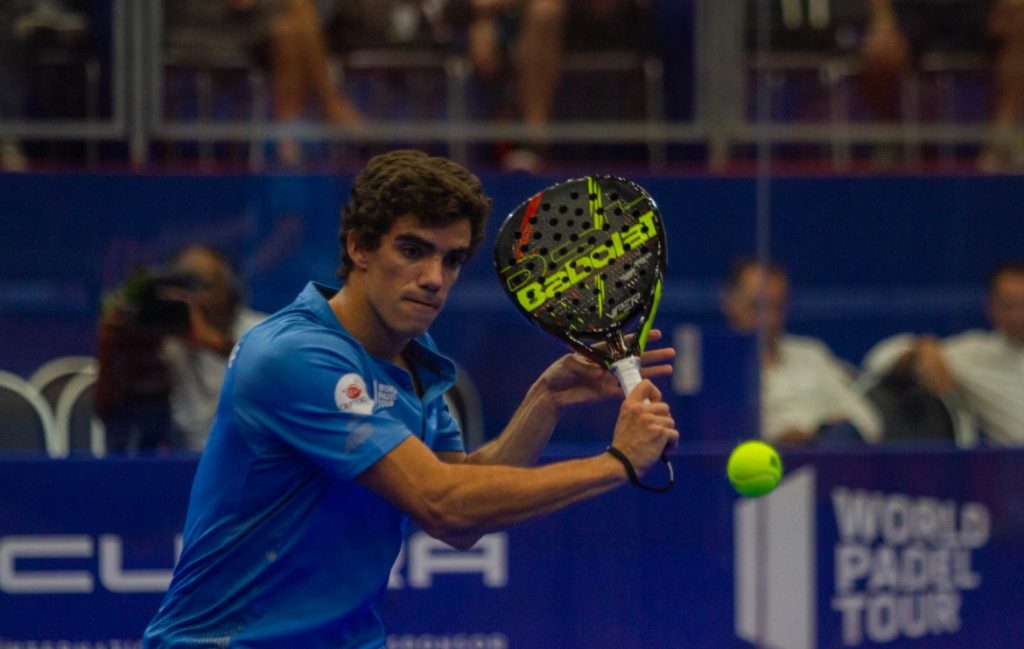
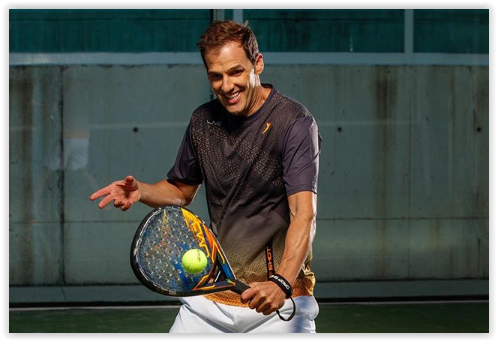




















































































 Carbon fiber VS fiberglass: what to choose?
Carbon fiber VS fiberglass: what to choose?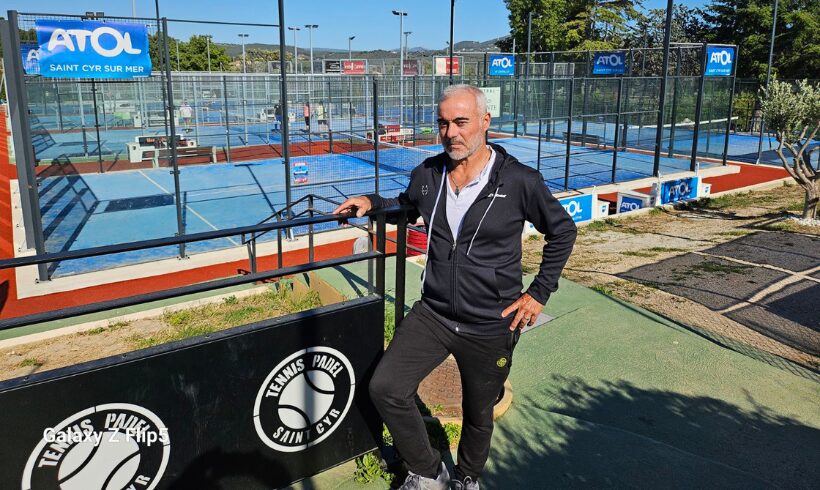 Alain Idier: “Adding tracks of padel, without sacrificing tennis”
Alain Idier: “Adding tracks of padel, without sacrificing tennis”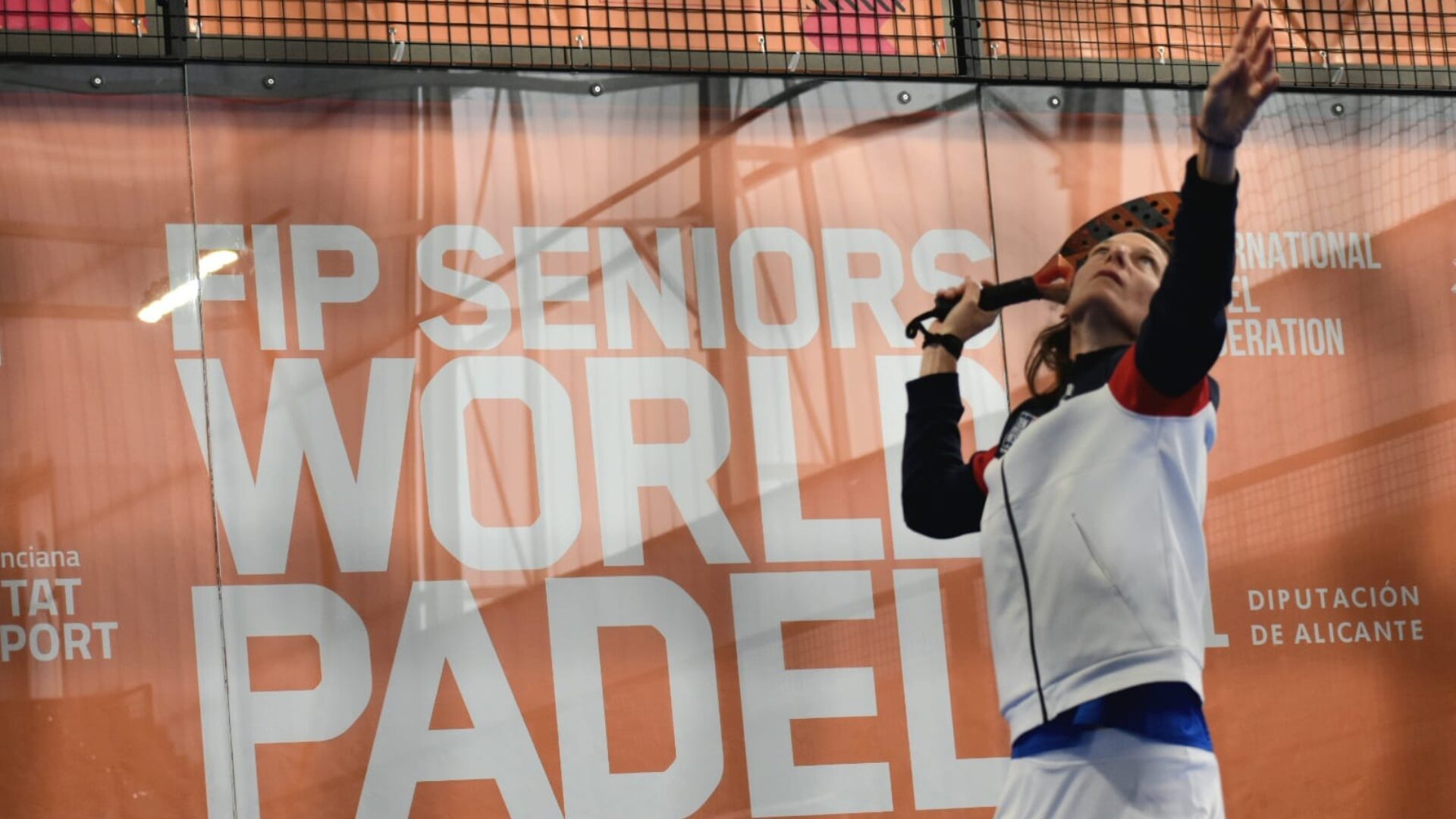 World Seniors Plus 2024 Open (F): the French imitate the French with 4 pairs in the semi-finals
World Seniors Plus 2024 Open (F): the French imitate the French with 4 pairs in the semi-finals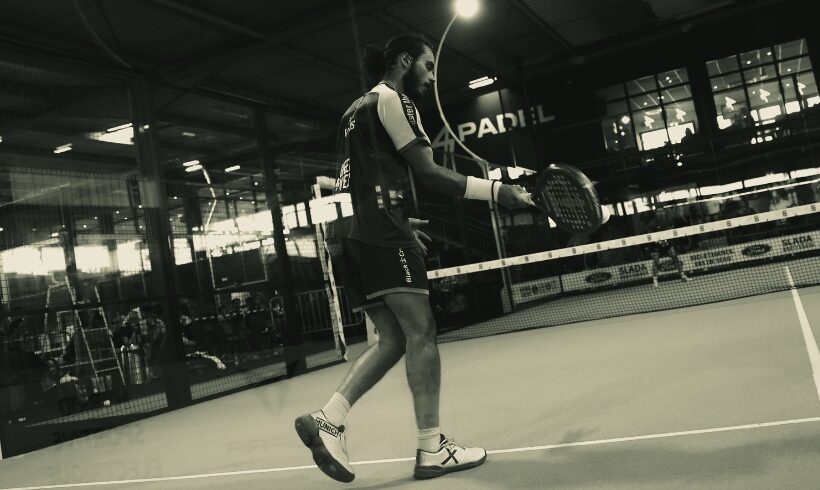 Manuel Vives: “It’s extremely difficult to get by financially”
Manuel Vives: “It’s extremely difficult to get by financially”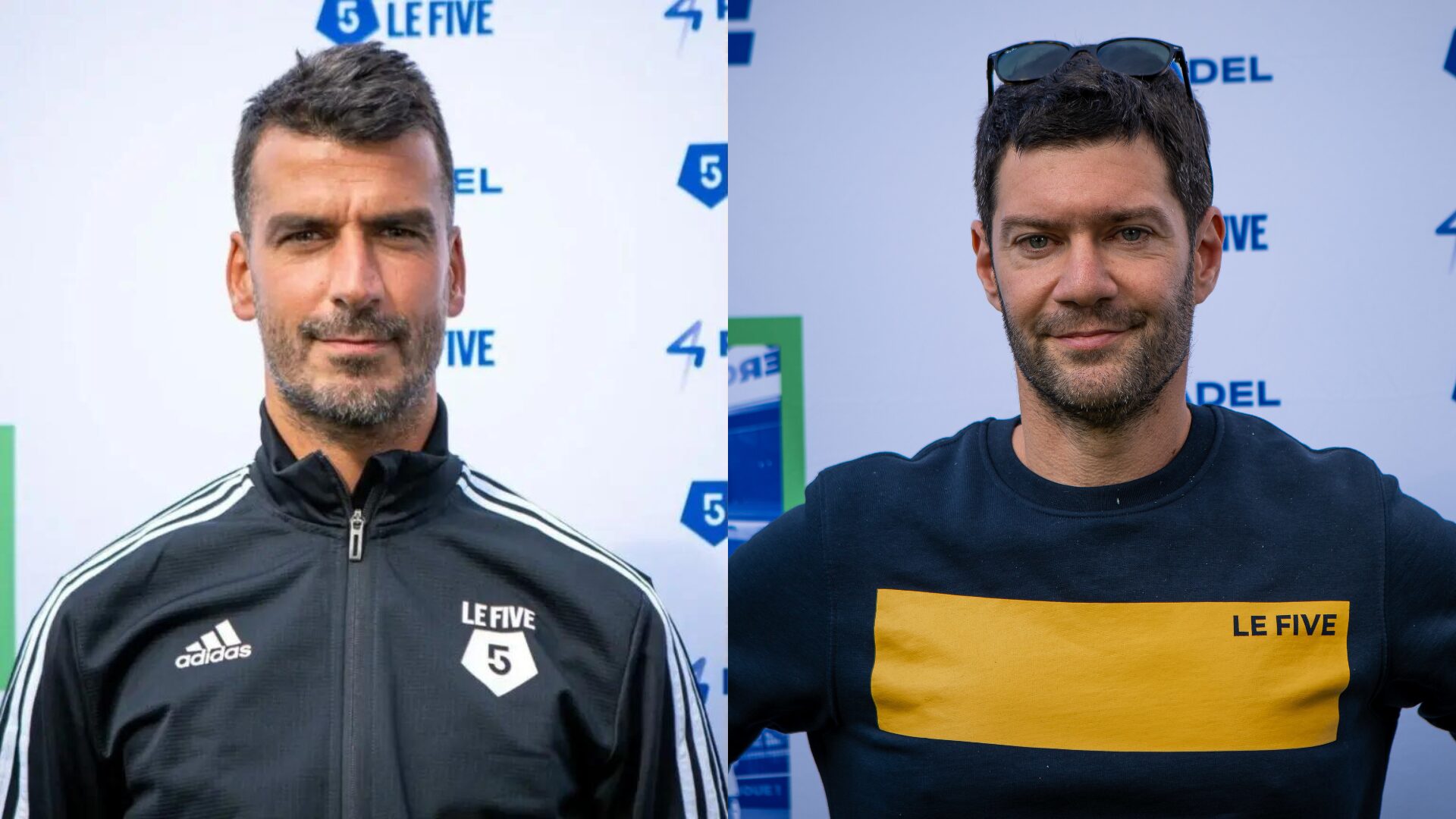 And 4 for Frédérick and Mehdy with network 4PADEL !
And 4 for Frédérick and Mehdy with network 4PADEL !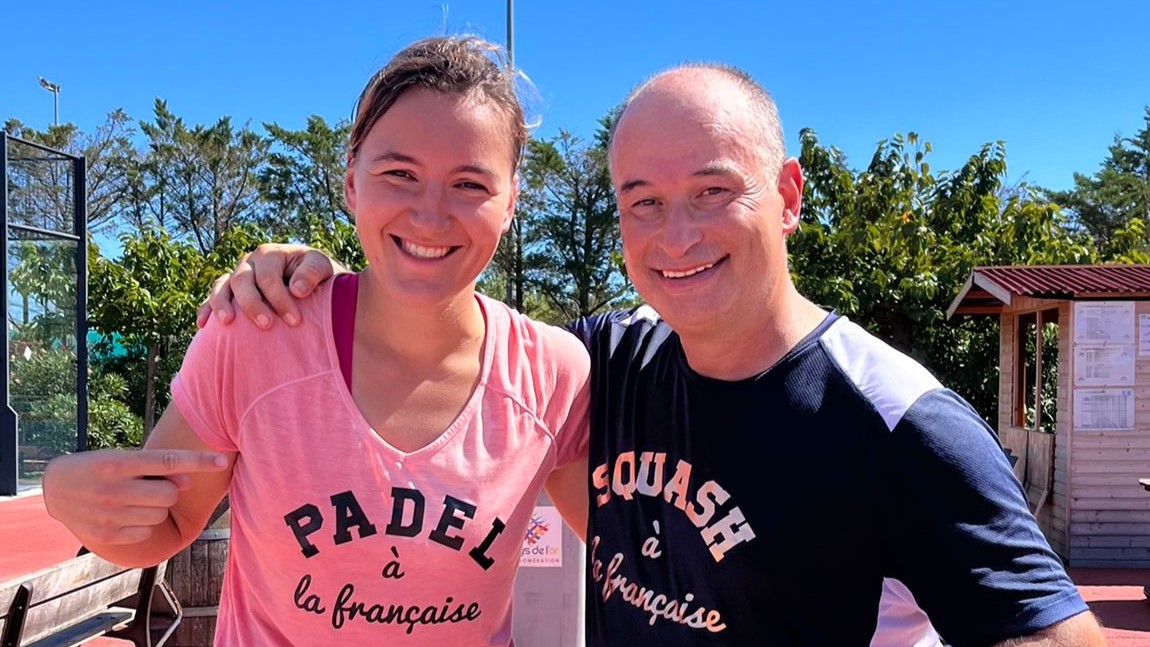 Benoît Letourneau (GM Squash & Padel): “Have a hundred young people in multi-snowshoes within three years”
Benoît Letourneau (GM Squash & Padel): “Have a hundred young people in multi-snowshoes within three years” World Seniors Plus 2024: the French in the semi-final!
World Seniors Plus 2024: the French in the semi-final!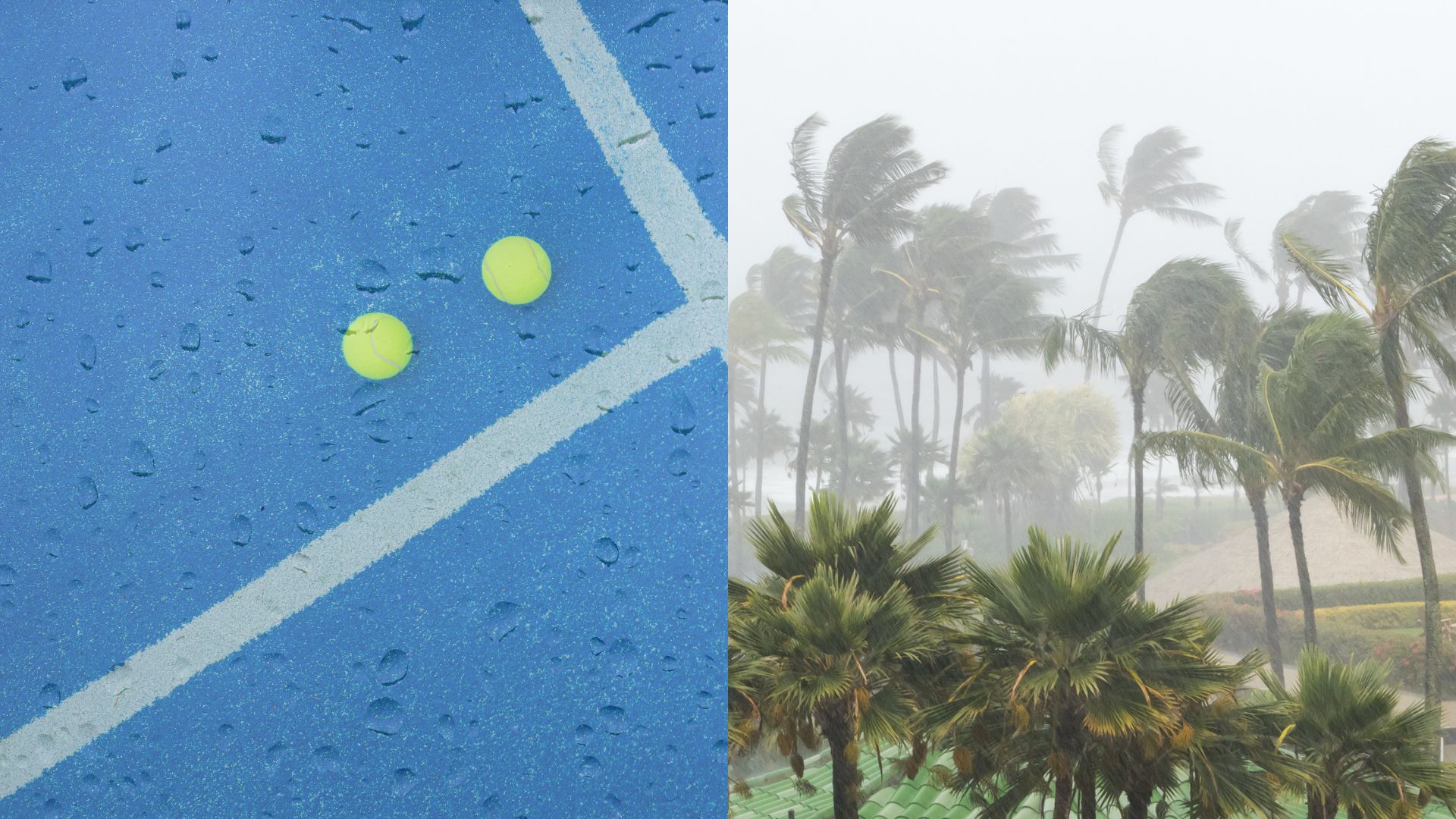 The French Overseas Territories: land of padel and challenges facing humidity and cyclones
The French Overseas Territories: land of padel and challenges facing humidity and cyclones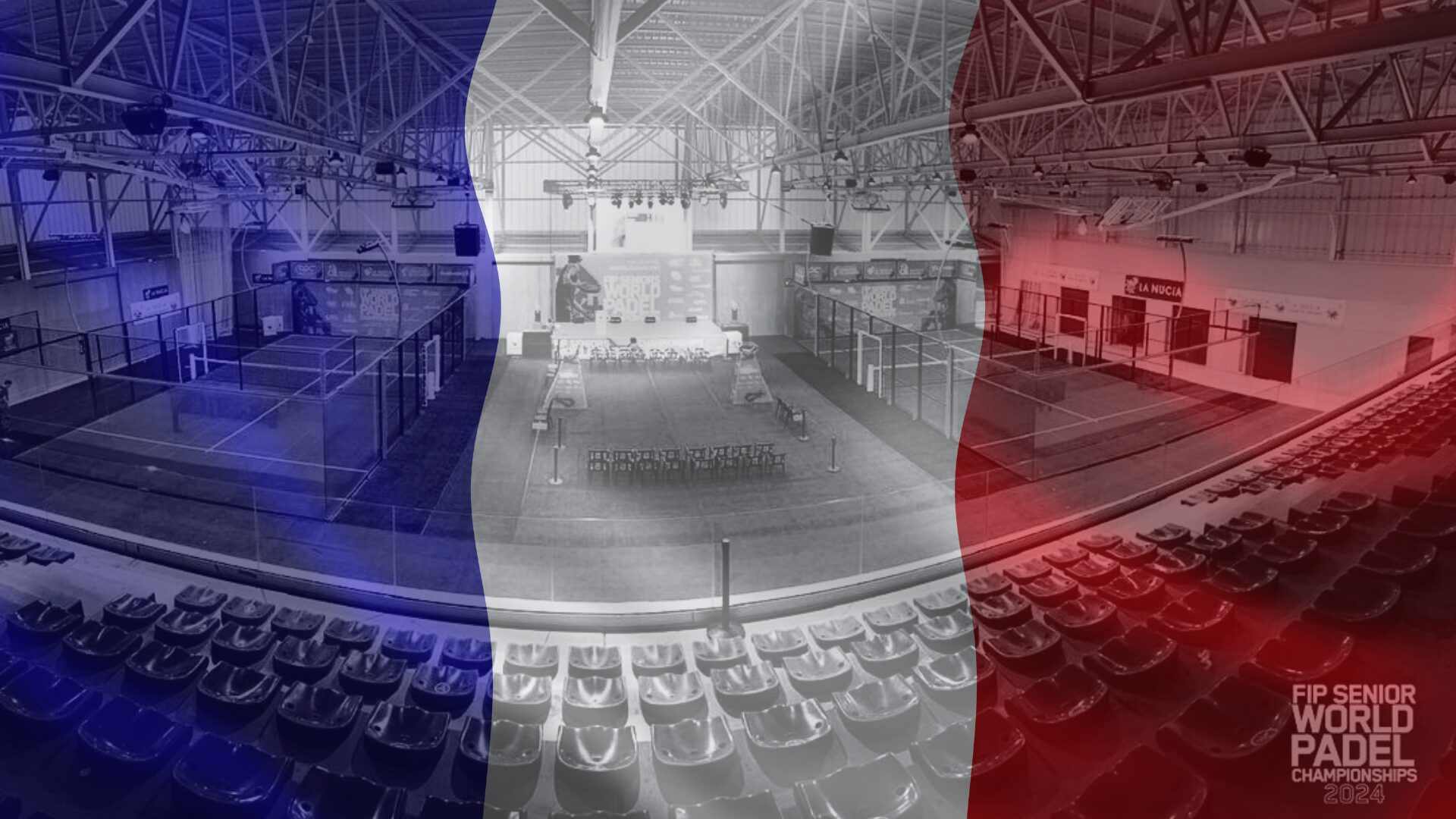 World Seniors Plus 2024 Open (M): four French pairs in the semi-finals, and the psychological advantage gained against the Italians!
World Seniors Plus 2024 Open (M): four French pairs in the semi-finals, and the psychological advantage gained against the Italians!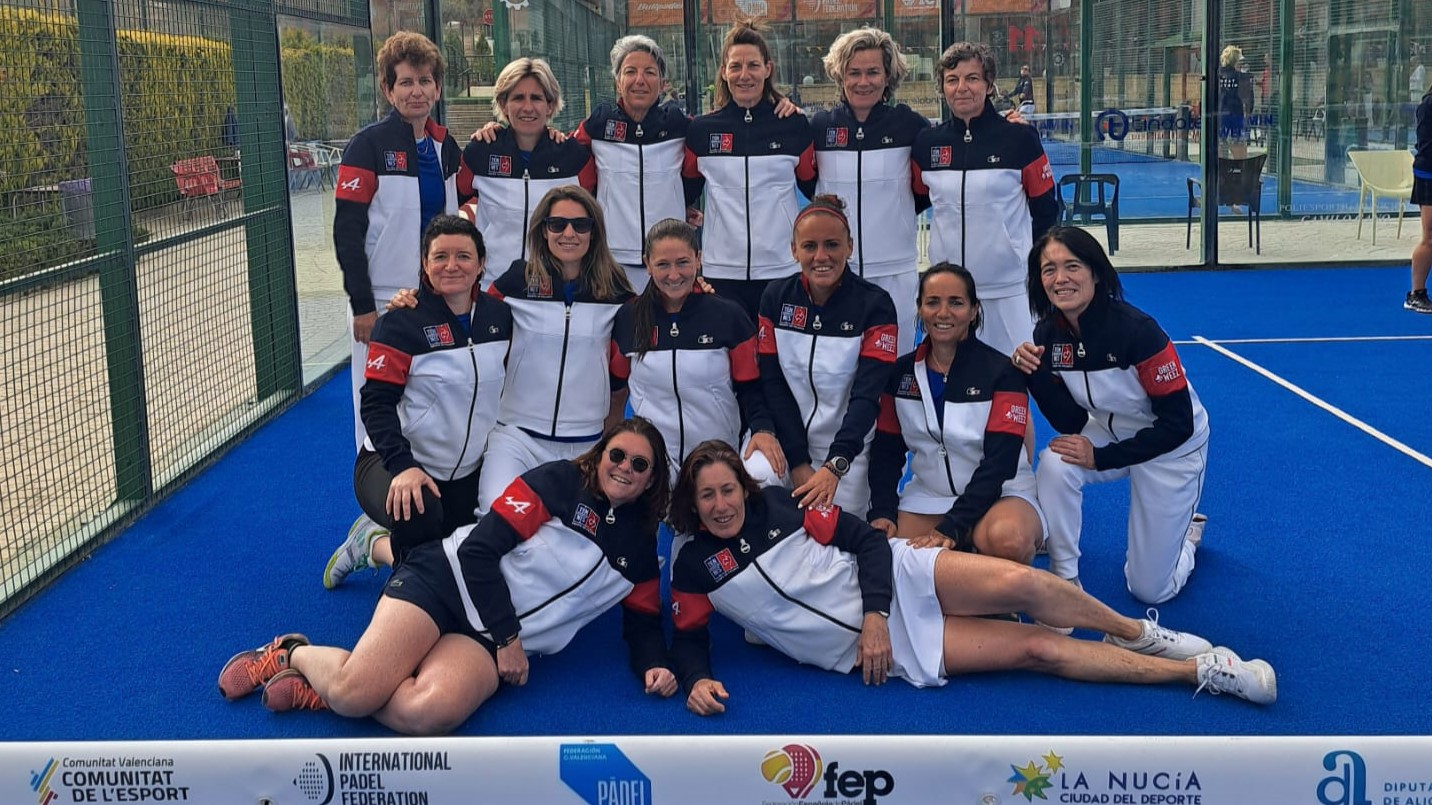 World Seniors Plus 2024 – The French women’s team in the final four!
World Seniors Plus 2024 – The French women’s team in the final four!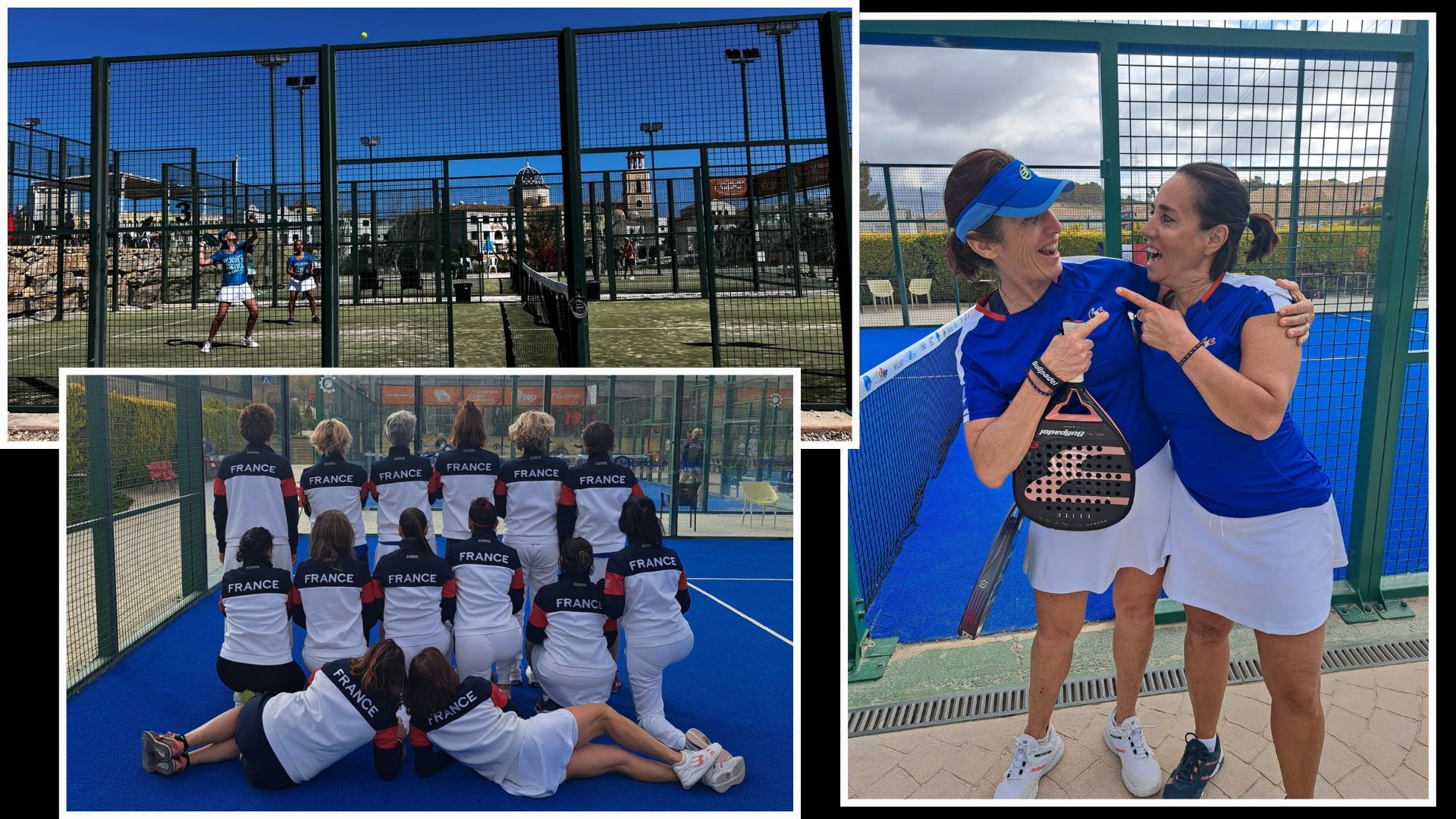 World Seniors Plus 2024 Open (F): heading to the quarter-finals for five French pairs!
World Seniors Plus 2024 Open (F): heading to the quarter-finals for five French pairs!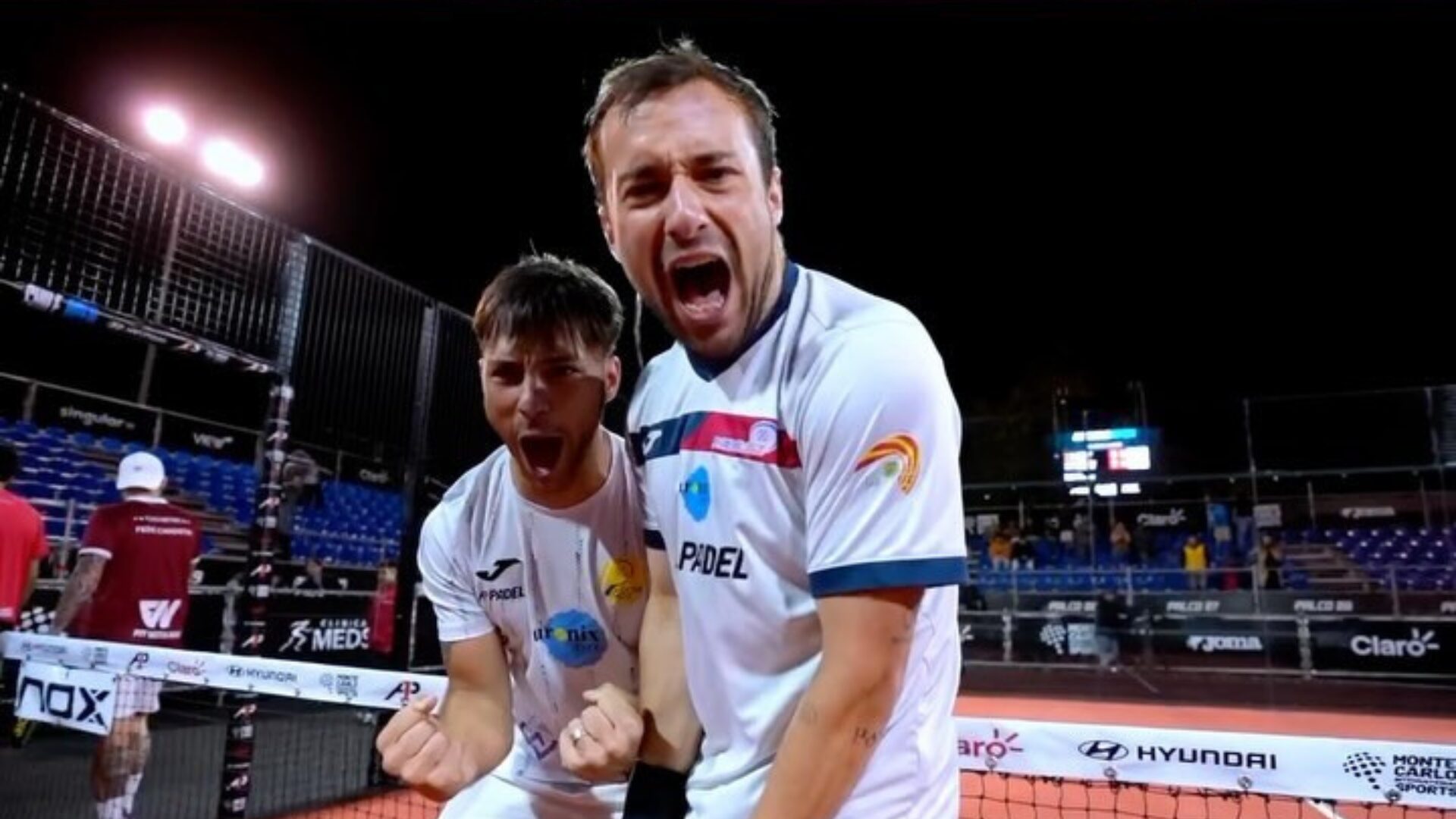 A1 Padel Chile Open – Chiostri and Sanchez eliminated, the eighths start strong!
A1 Padel Chile Open – Chiostri and Sanchez eliminated, the eighths start strong! Play at padel on his yacht? Possible for €233.000!
Play at padel on his yacht? Possible for €233.000!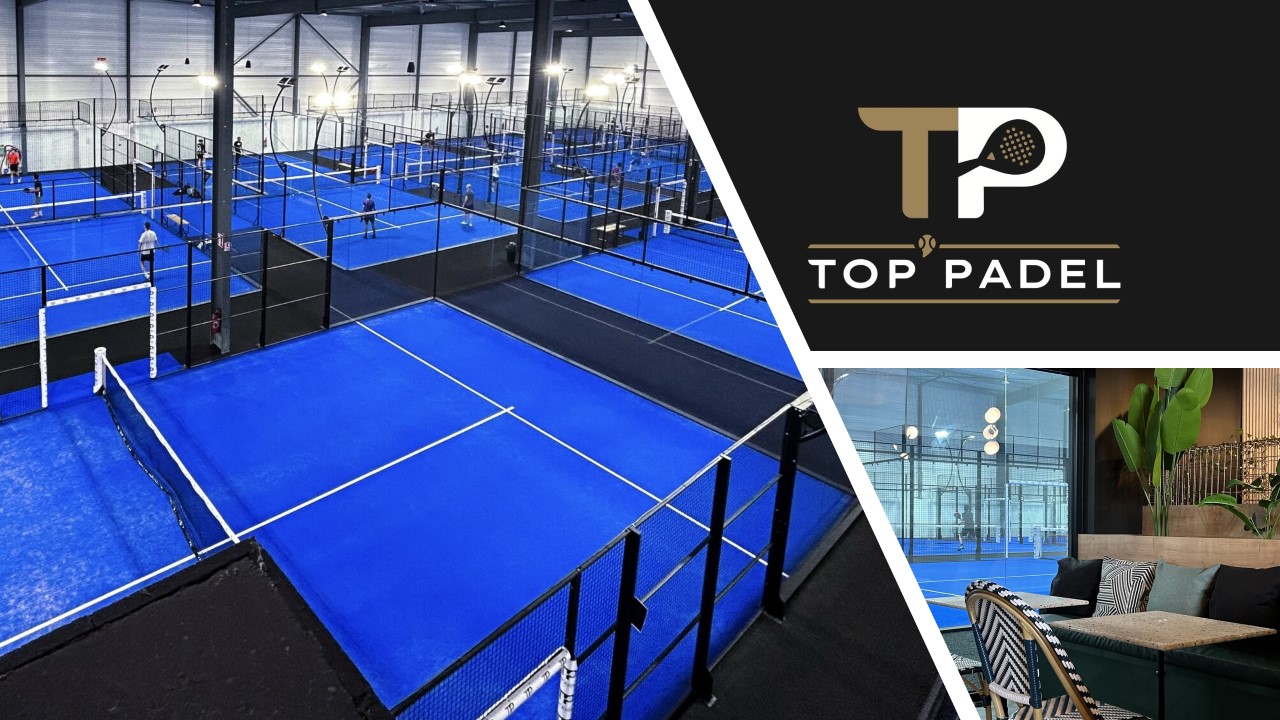 TOP Padel : “A premium club with 10 slopes in Toulouse”
TOP Padel : “A premium club with 10 slopes in Toulouse” The padel of the Barrière Country Club are born in La Baule
The padel of the Barrière Country Club are born in La Baule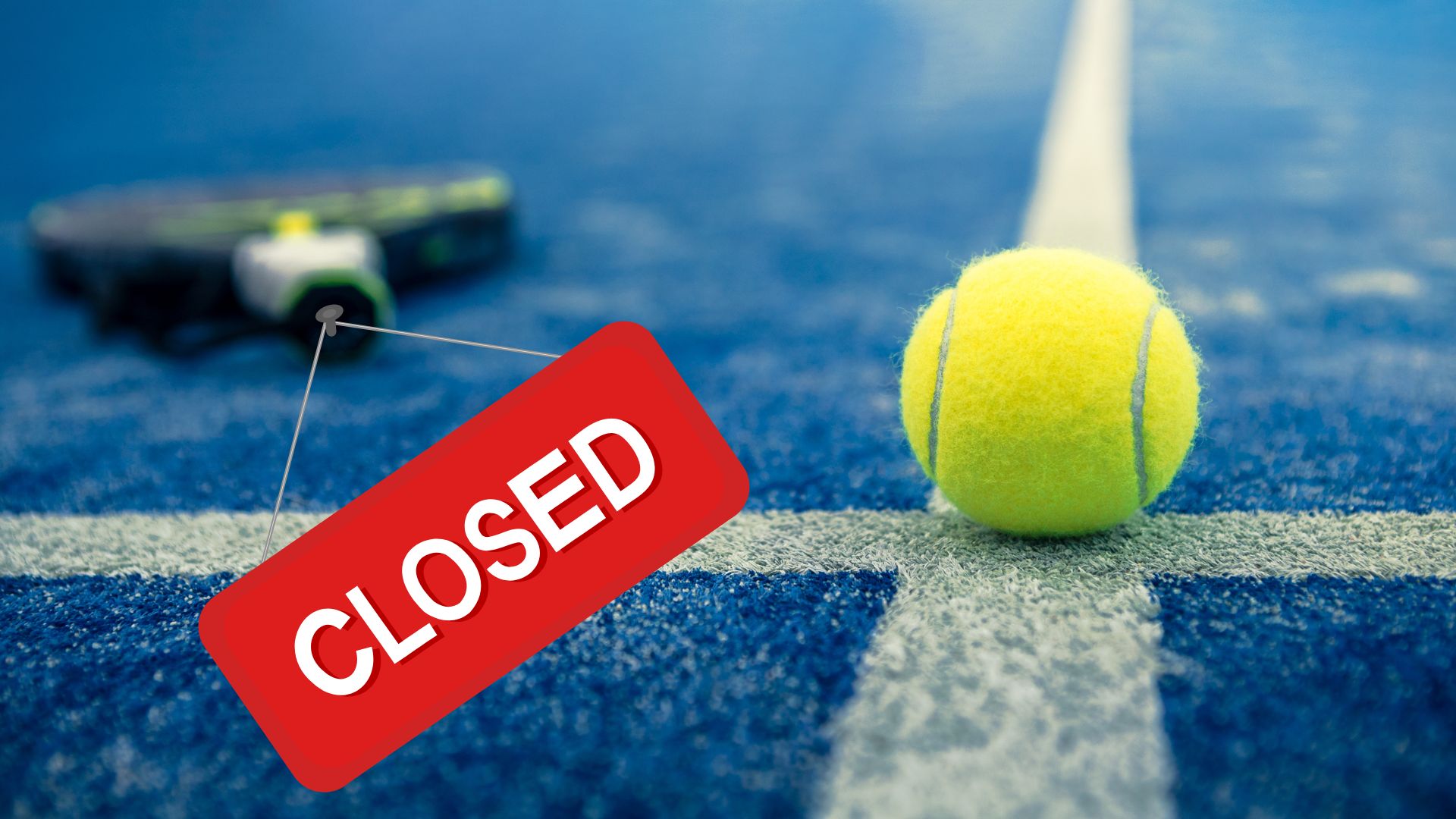 Why clubs padel do they close?
Why clubs padel do they close? How to effectively test a racket padel ?
How to effectively test a racket padel ?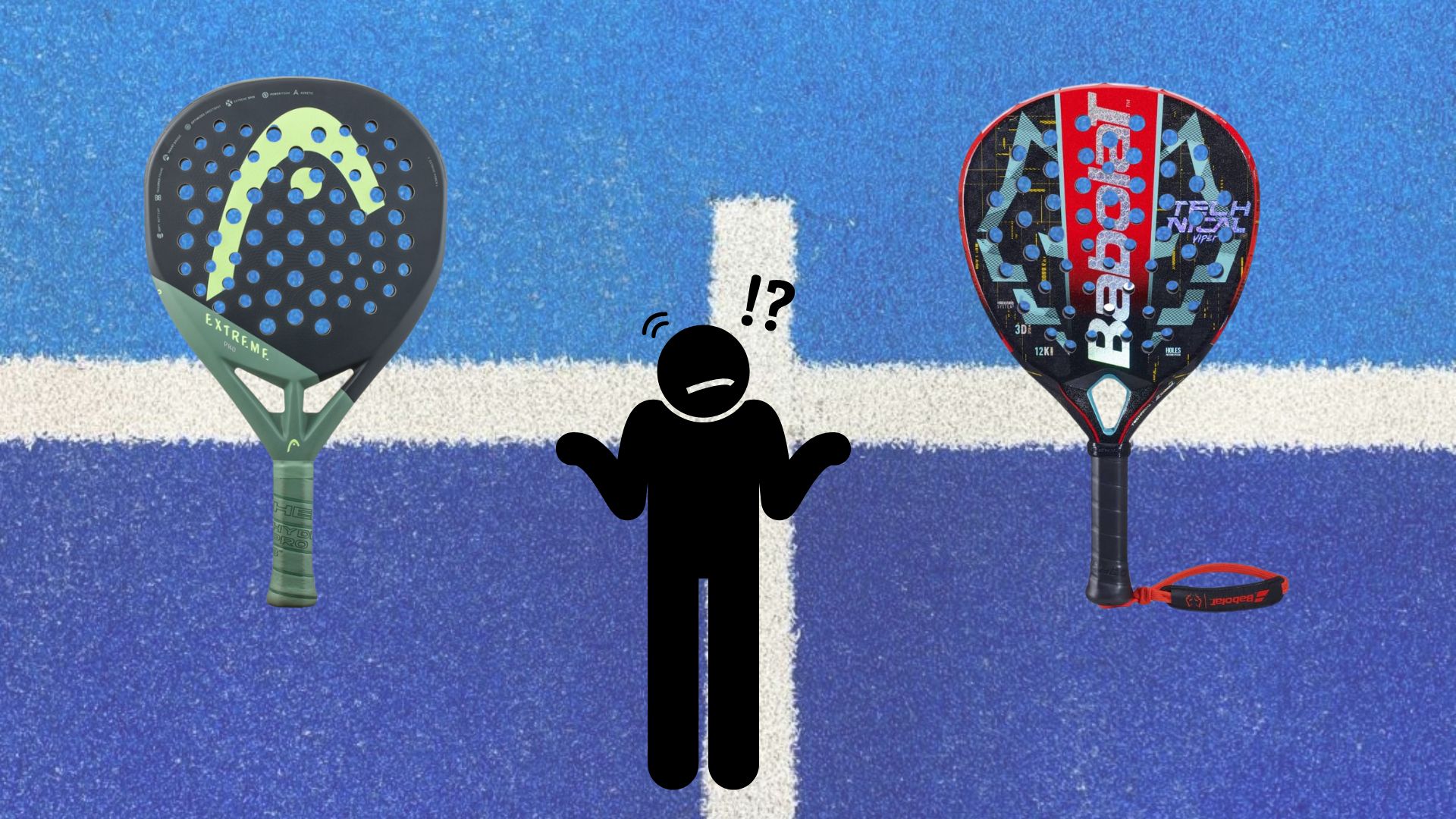 Which high-end racket to choose in 2024?
Which high-end racket to choose in 2024? At the heart of padel – Episode 24: Paul Daulan shares the evolution of his bandeja
At the heart of padel – Episode 24: Paul Daulan shares the evolution of his bandeja At the heart of padel – Episode 23: defend the window well
At the heart of padel – Episode 23: defend the window well Prohibition on playing topless Padel : the reasons
Prohibition on playing topless Padel : the reasons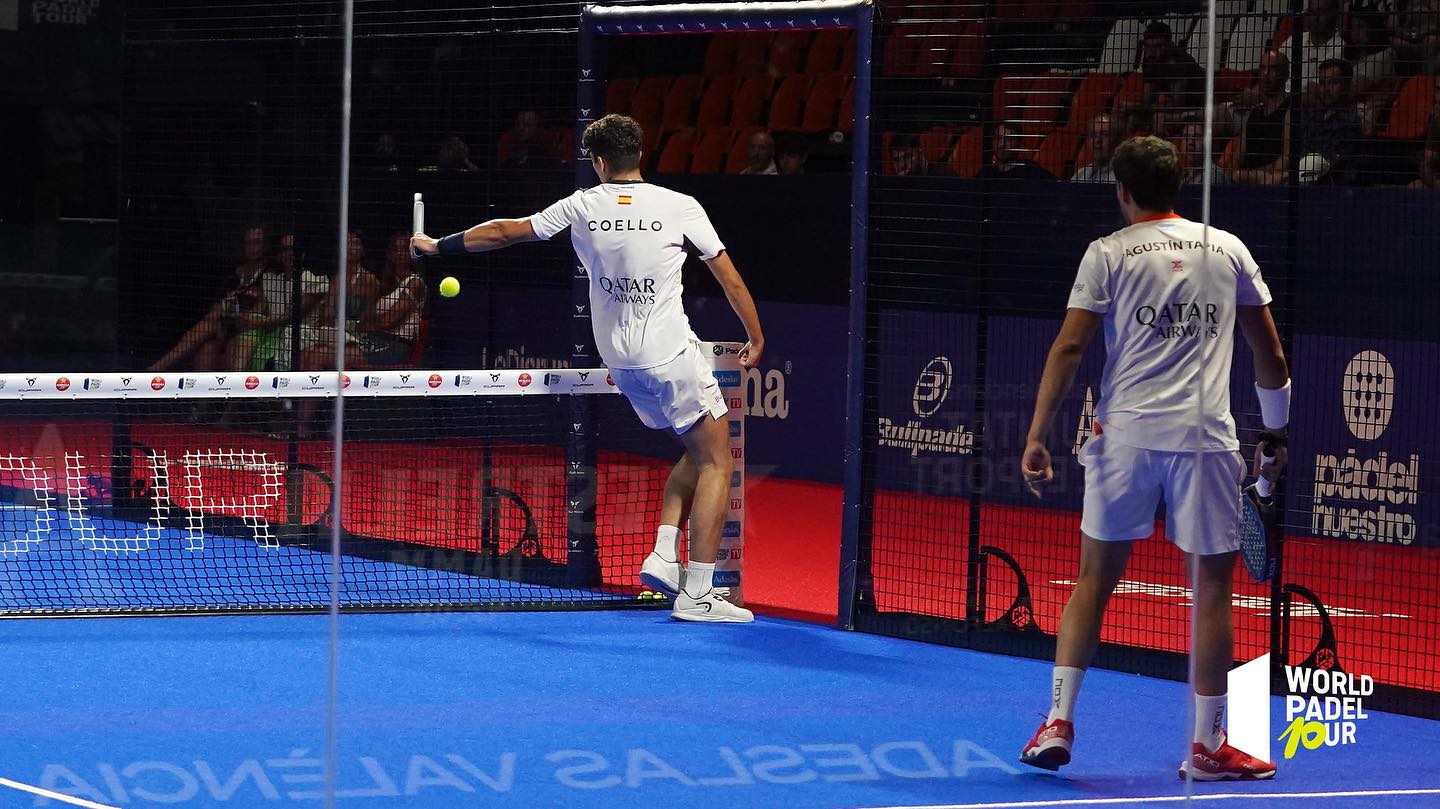 What is the difference between a dormilona, a dejada and a cushioned puerta?
What is the difference between a dormilona, a dejada and a cushioned puerta? FIP Tour – Going far from Europe, THE strategy to earn points!
FIP Tour – Going far from Europe, THE strategy to earn points! What is a good football player? padel ?
What is a good football player? padel ? “Lefties give me headaches when I play against them!”
“Lefties give me headaches when I play against them!” At the heart of padel – Episode 14: how to earn points in winter?
At the heart of padel – Episode 14: how to earn points in winter?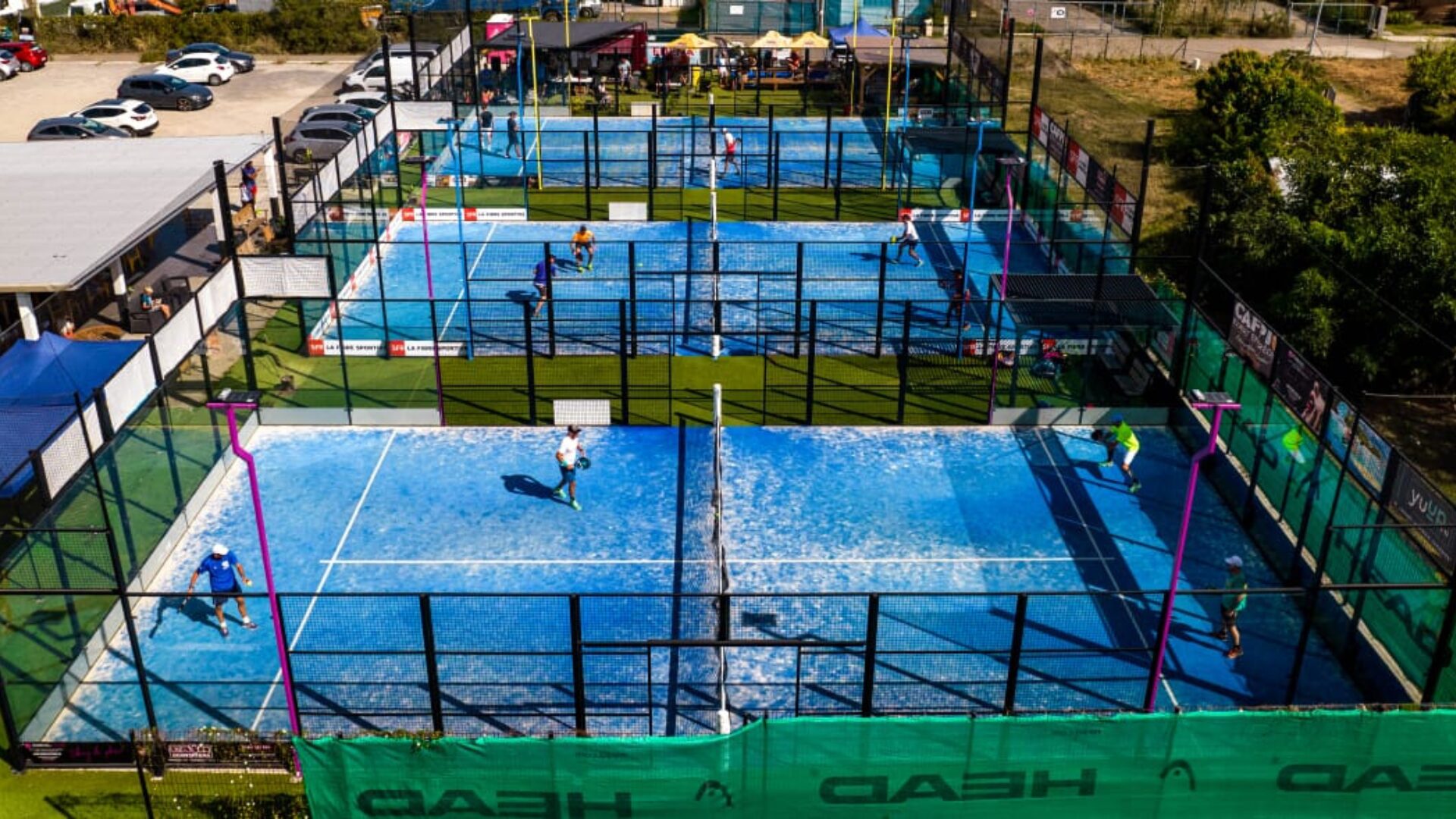 Why choose a track padel new?
Why choose a track padel new? La padel to fight Parkinson's disease
La padel to fight Parkinson's disease Don't play with a cracked or broken racket, your body will thank you!
Don't play with a cracked or broken racket, your body will thank you! Michel Cymes: “The padel, physically, it’s serious!”
Michel Cymes: “The padel, physically, it’s serious!” Jeremy Gala: “Promote the padel among young people in Belgium remains a challenge”
Jeremy Gala: “Promote the padel among young people in Belgium remains a challenge” The French Touch Academy organizes its selection day Padel-Study
The French Touch Academy organizes its selection day Padel-Study Report on the detection and training of younger generations
Report on the detection and training of younger generations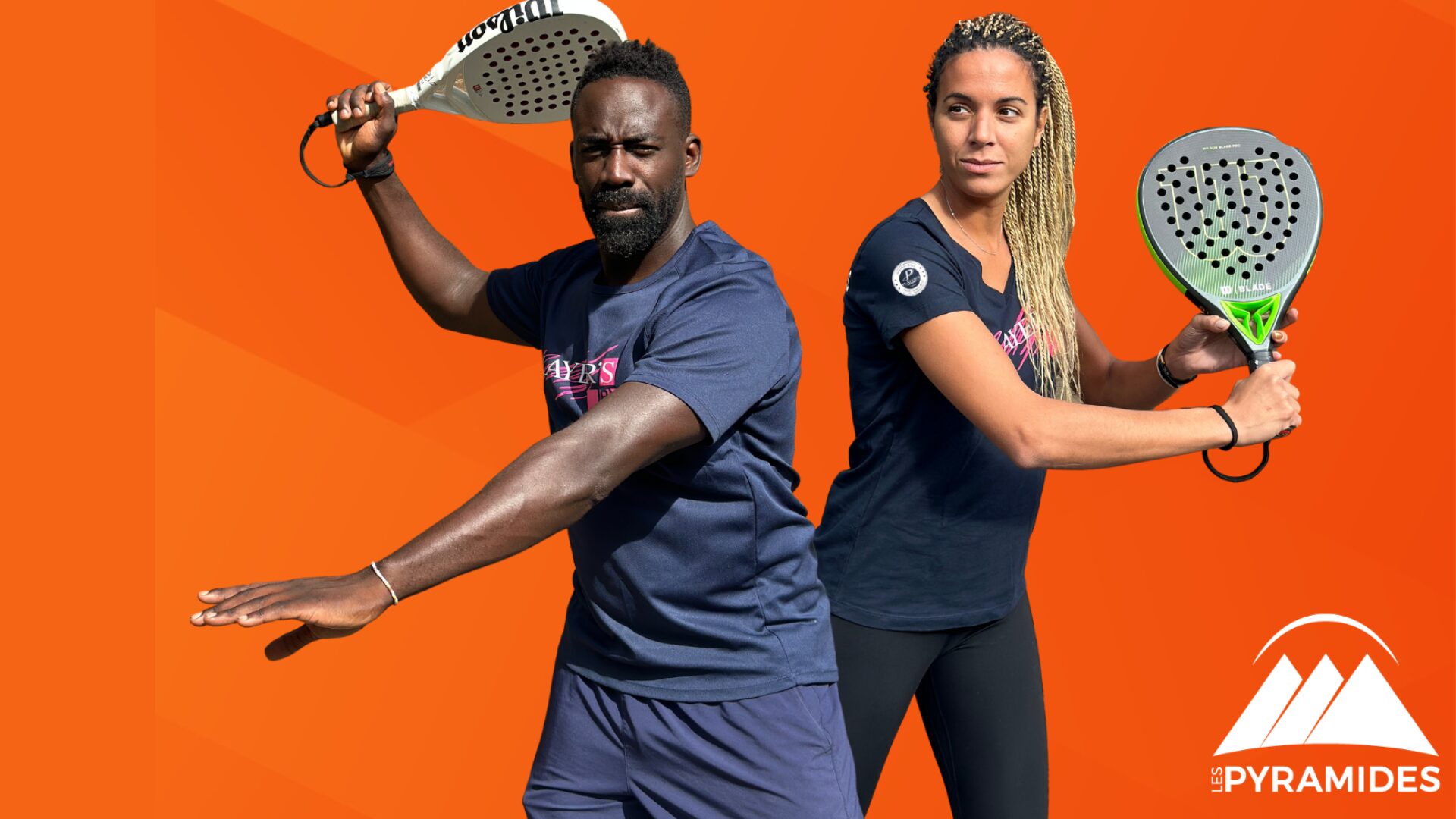 Player's adult courses from April 8 to 21, 2024!
Player's adult courses from April 8 to 21, 2024!